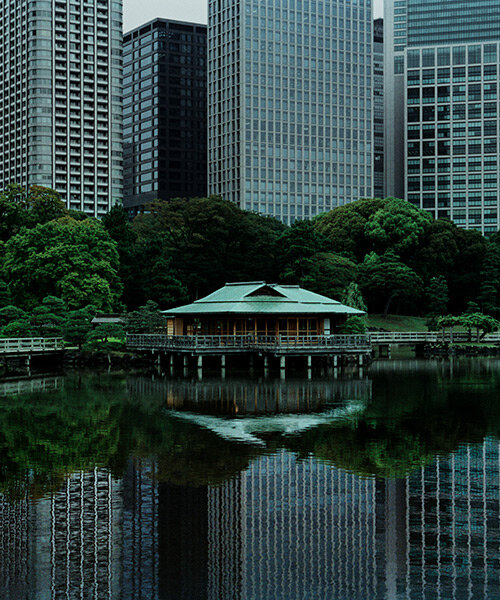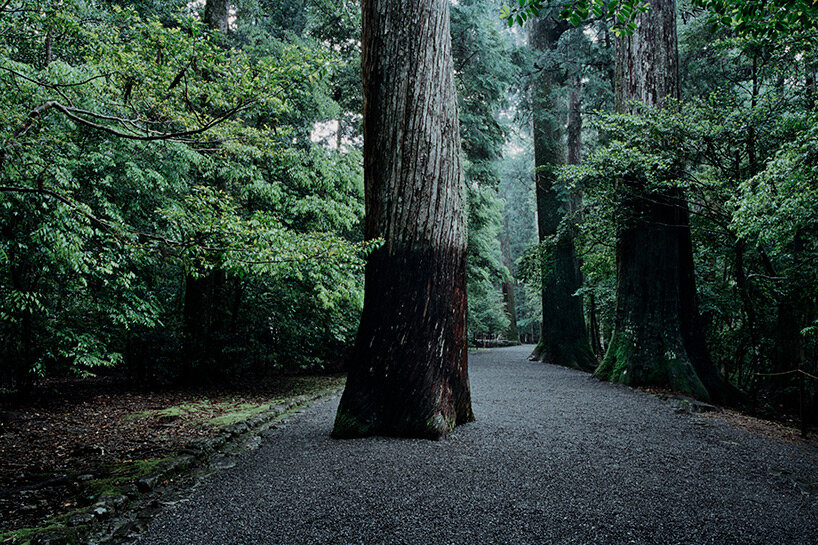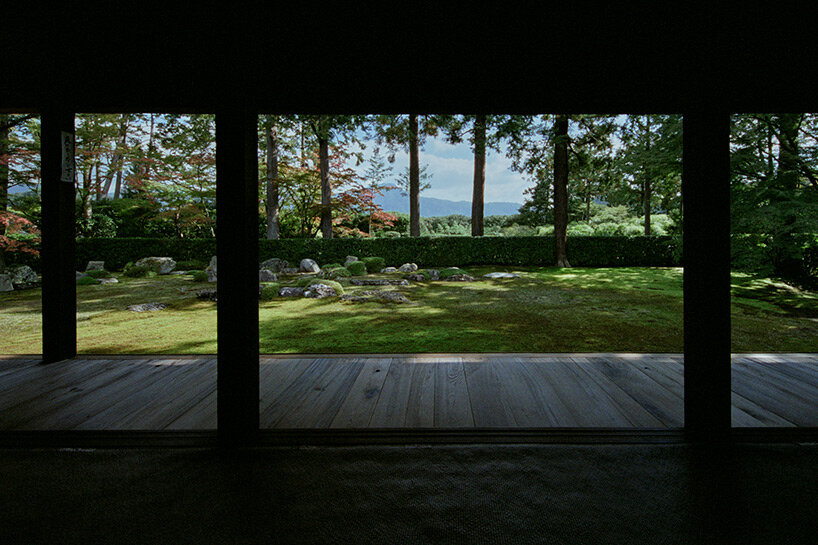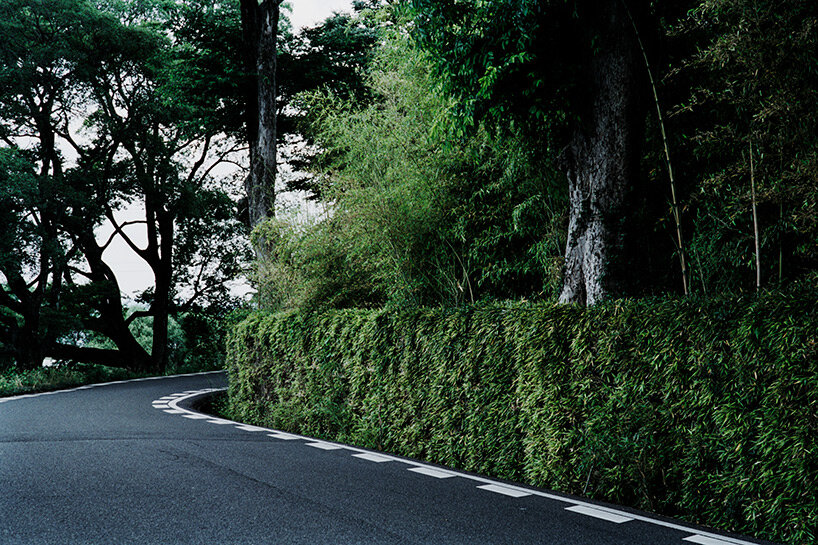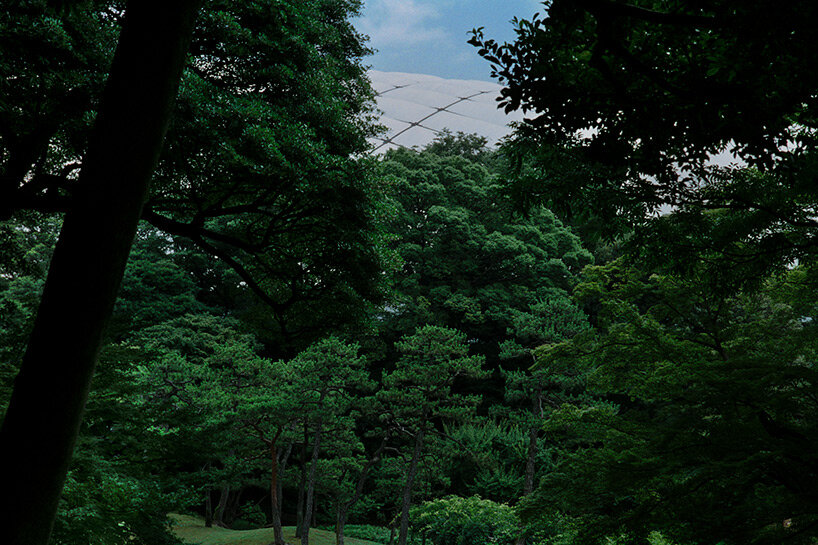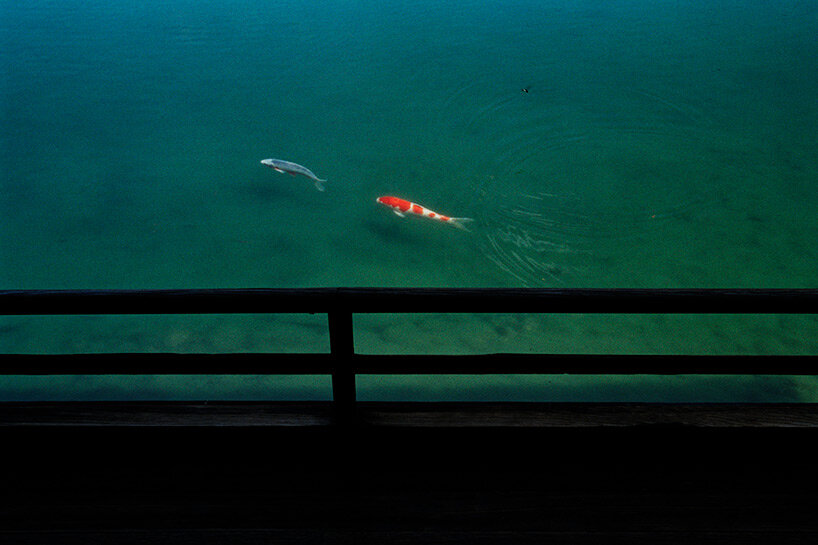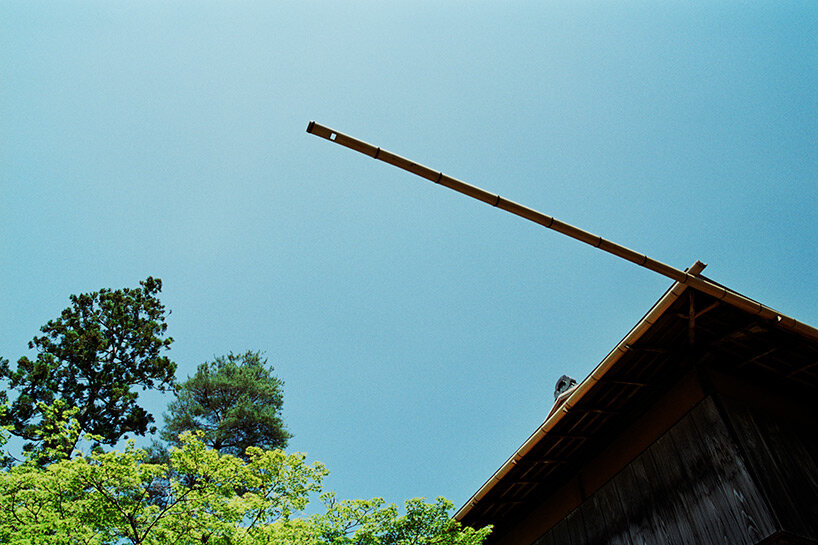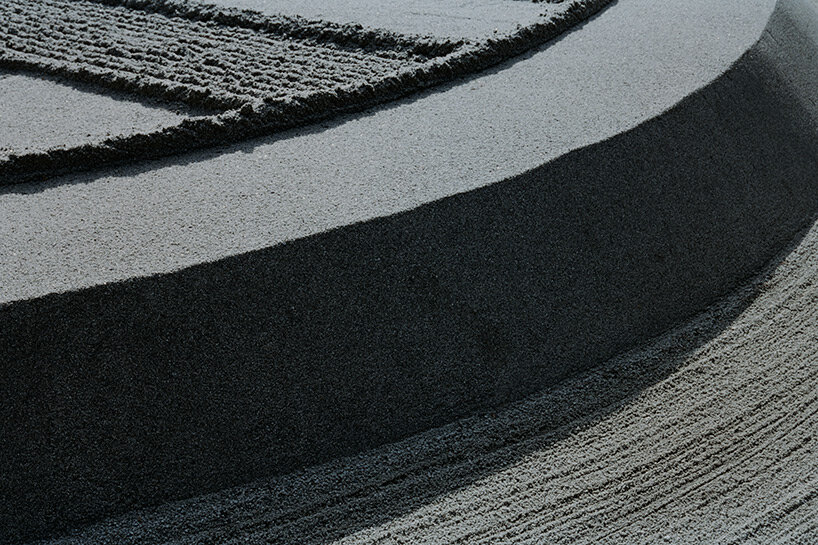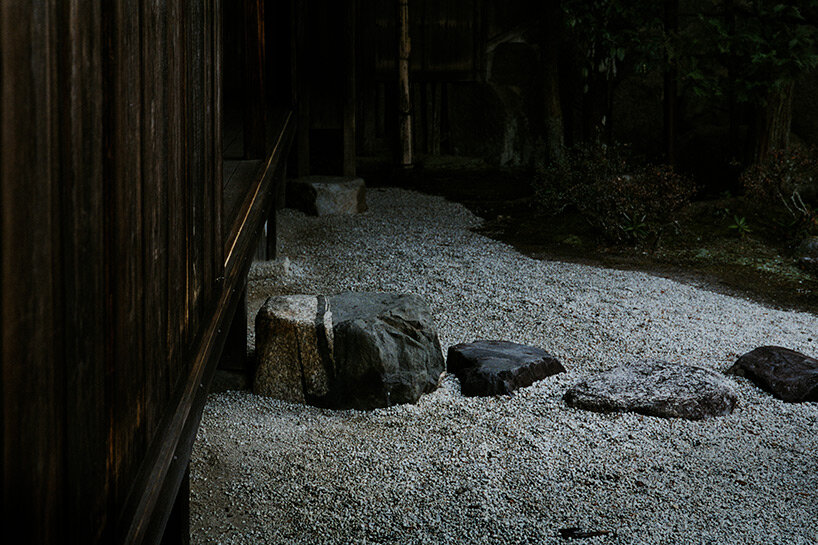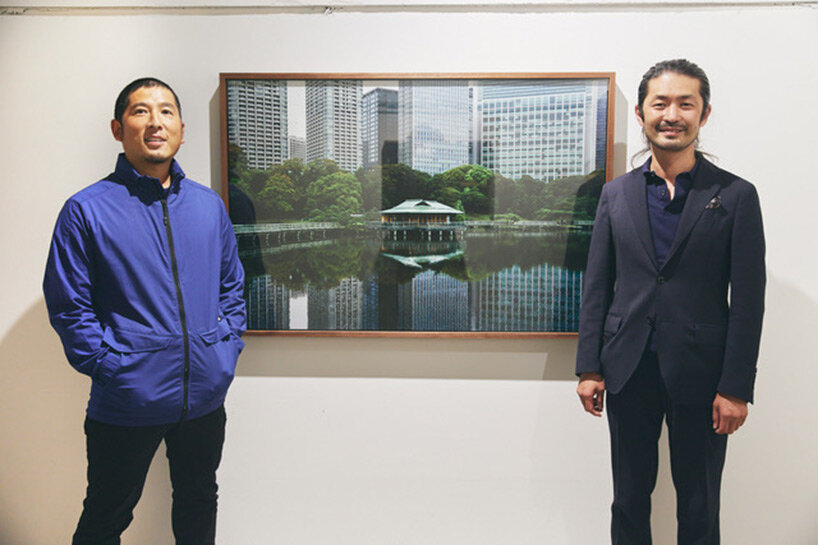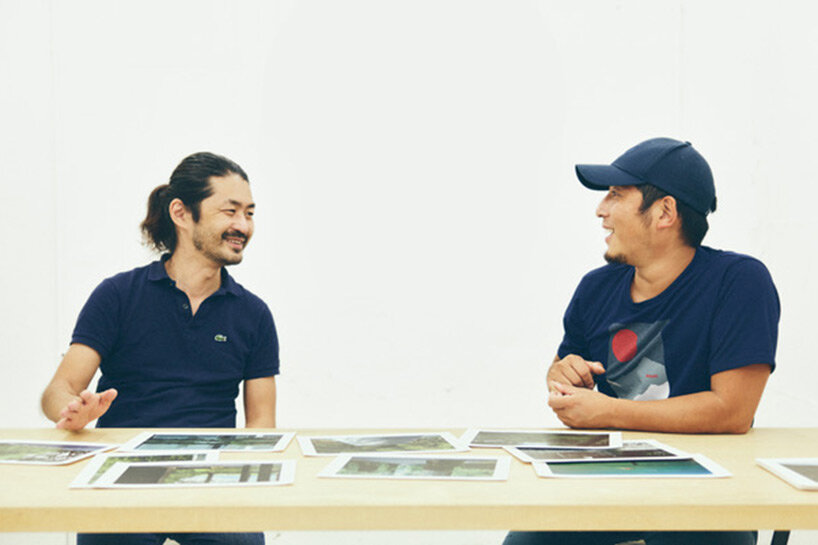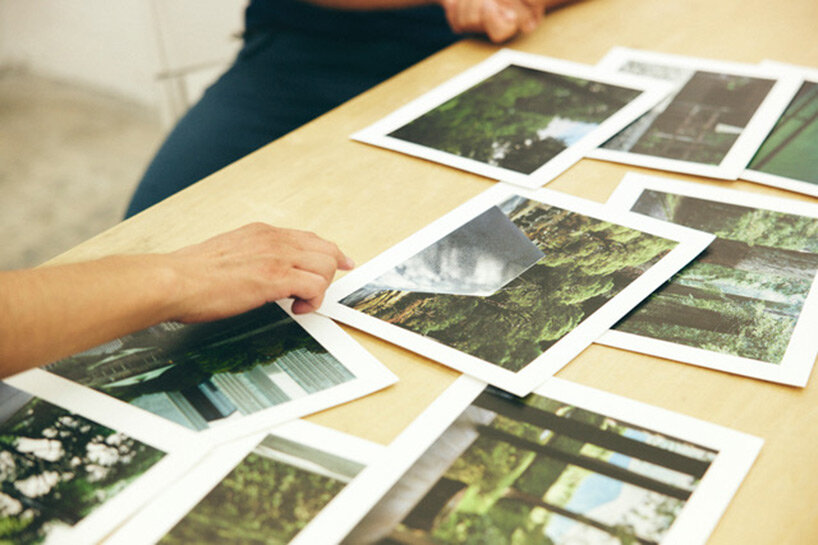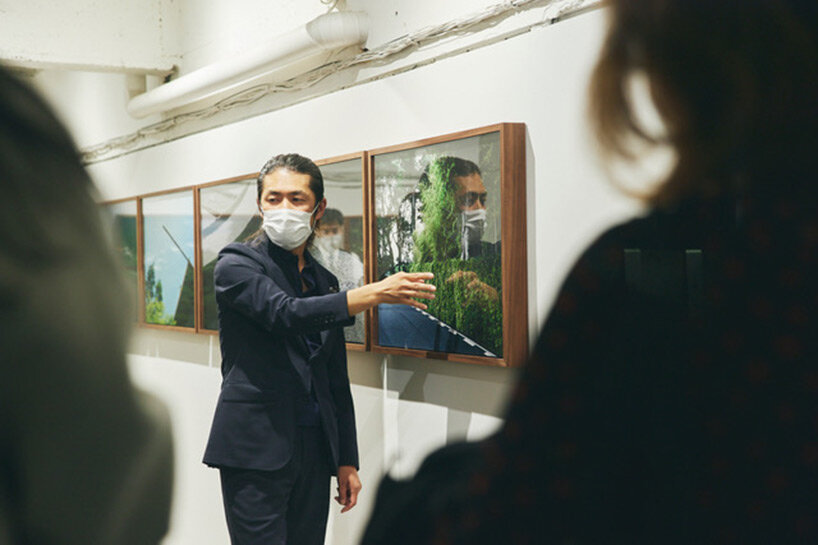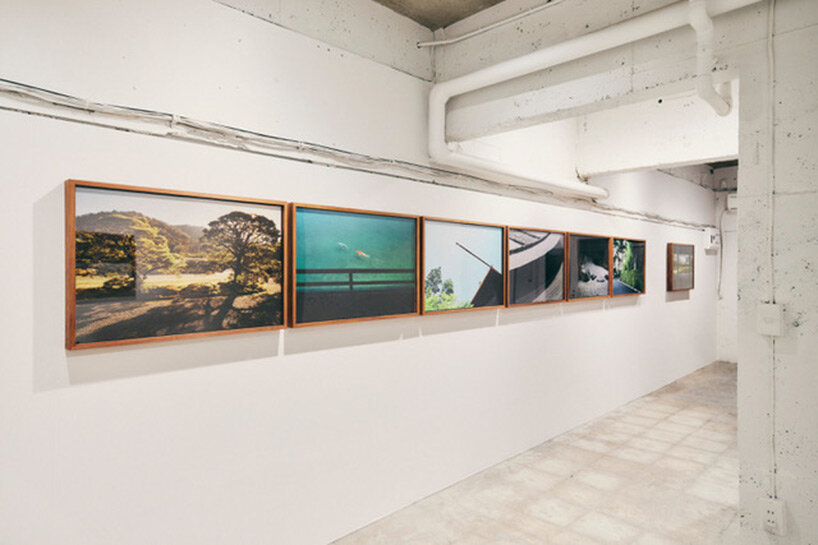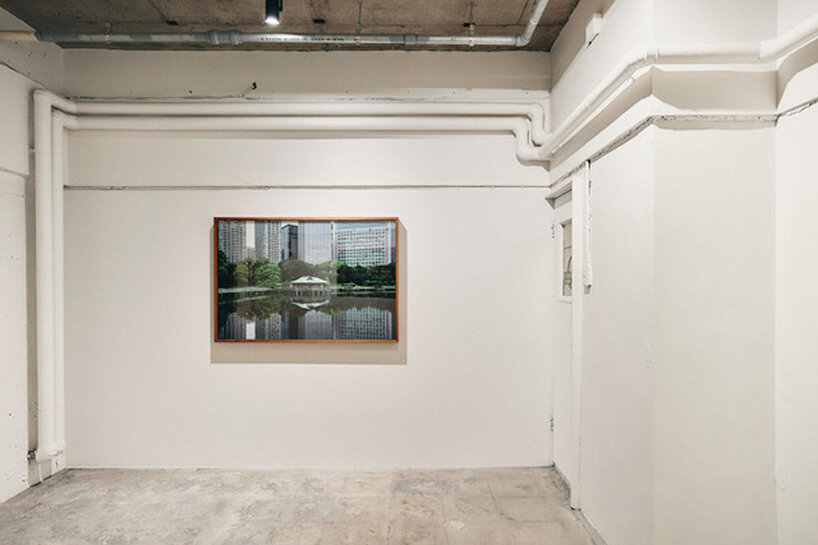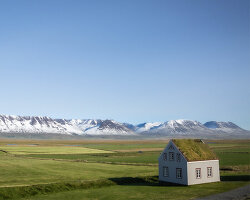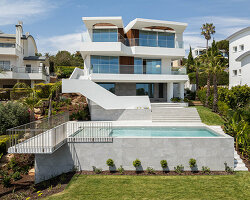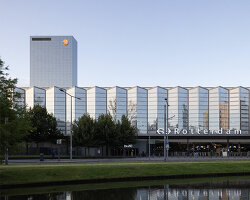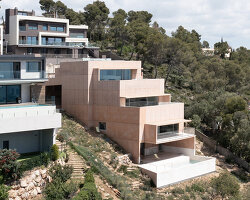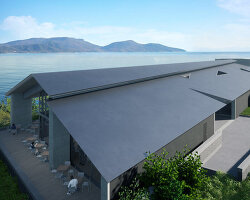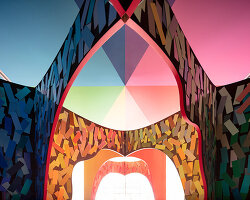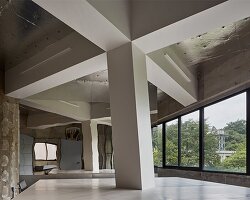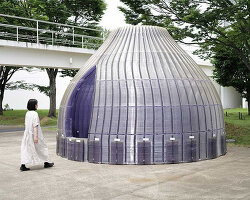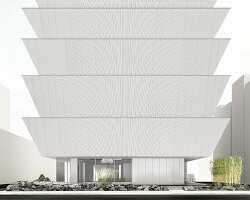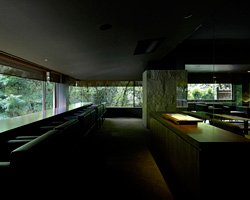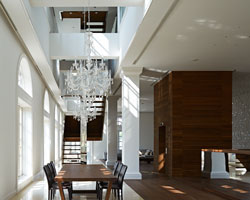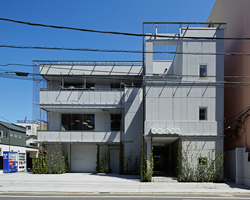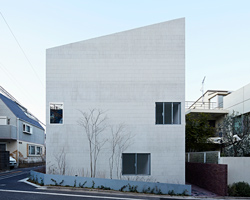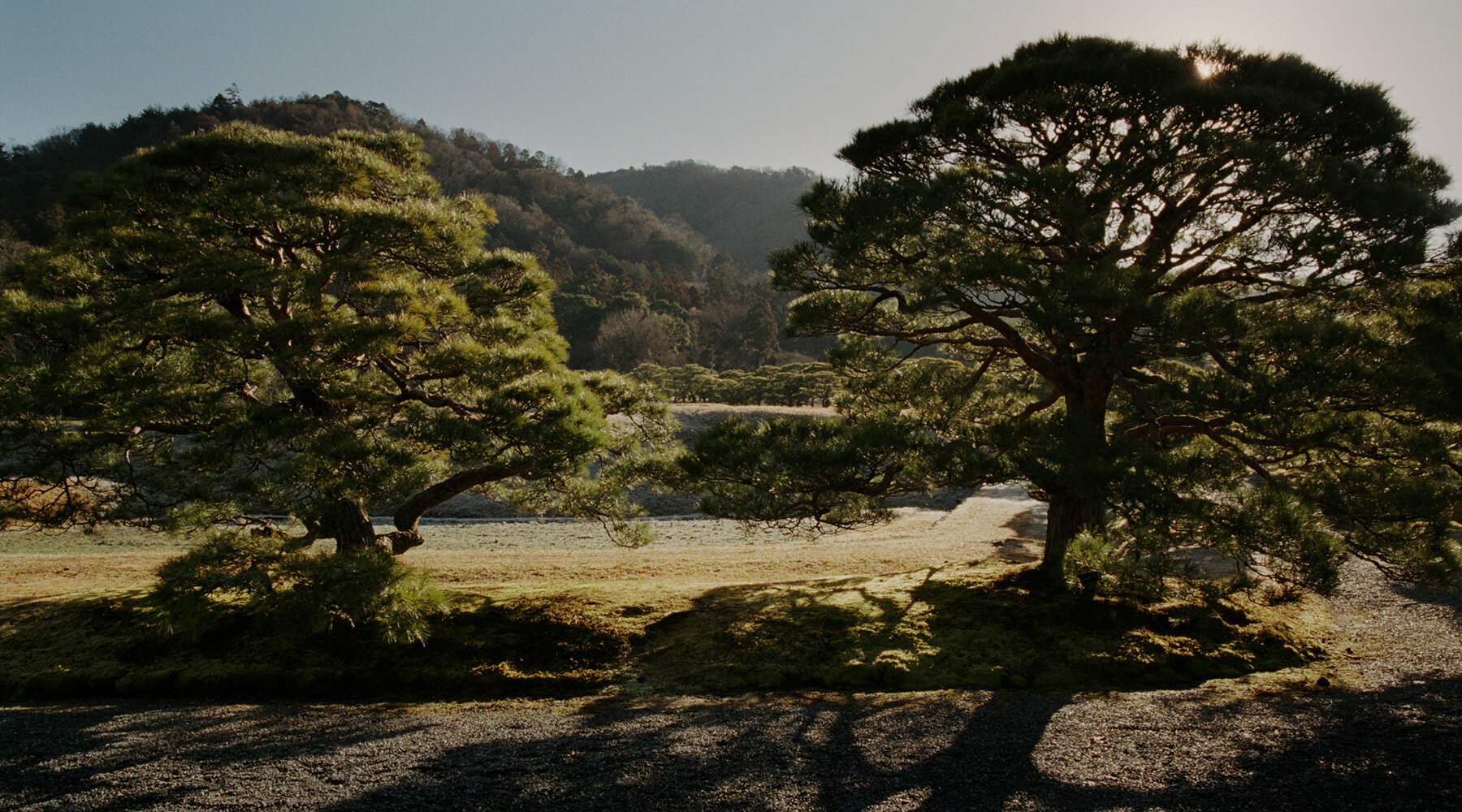
Shugakuin Imperial Villa #1 / Kyoto: two things of different natures stand next to each other: a pine tree carefully groomed for viewing, and a paddy field that exists for practicality. all images courtesy of Makoto Yamaguchi
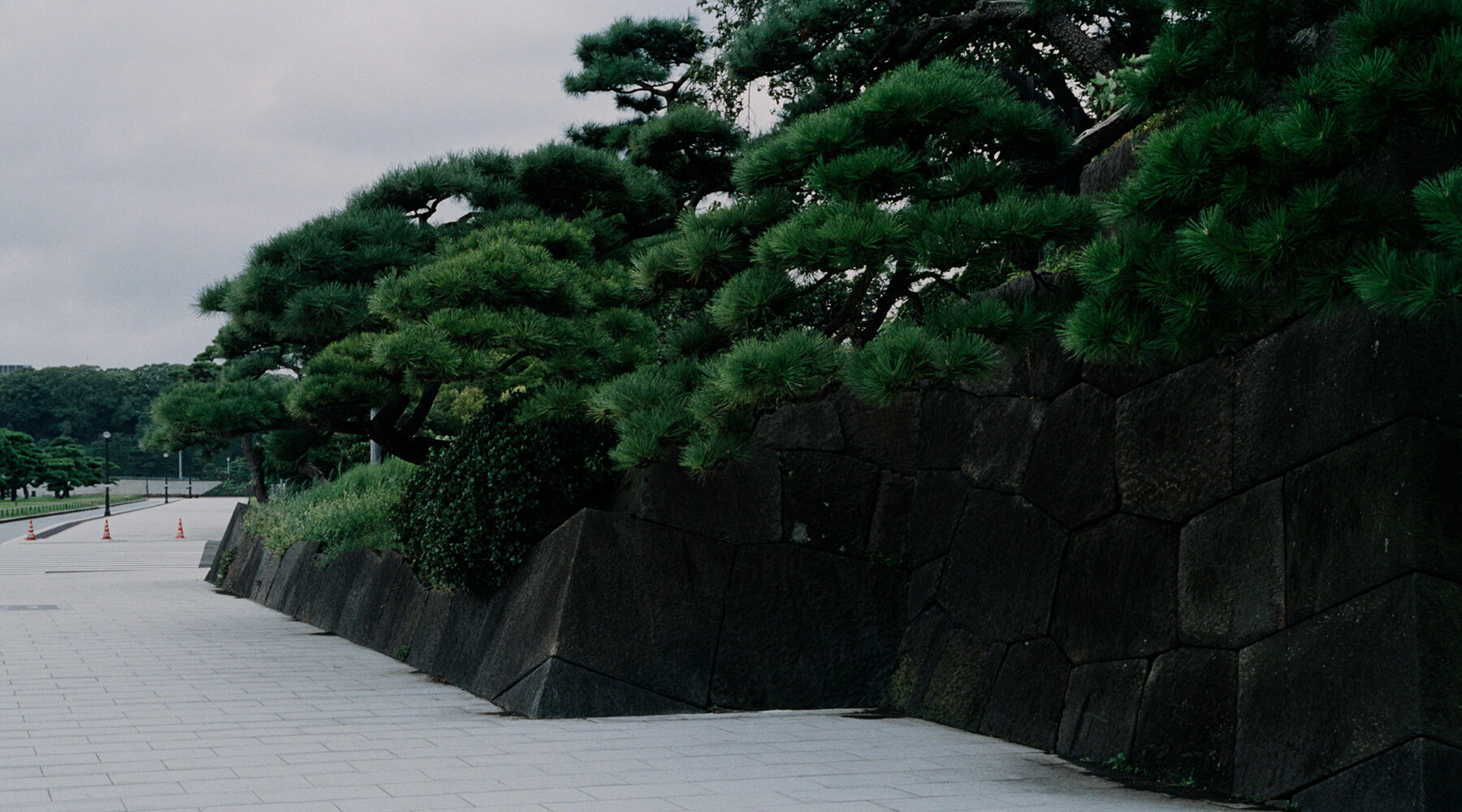
Kokyo Gaien National Garden / Tokyo: the stone wall from Edo Castle and the newly-laid clean-shaped paving stones from the district redevelopment around Tokyo Station exist adjacently. Both are stone materials, but the wall is made of large irregular-shaped black stones. In contrast, the paving is made of small rectangular white Inada granite.
KEEP UP WITH OUR DAILY AND WEEKLY NEWSLETTERS
PRODUCT LIBRARY
with its mountain-like rooftop clad in a ceramic skin, UCCA Clay is a sculptural landmark for the city.
charlotte skene catling tells designboom about her visions for reinventing the aaltos' first industrial structure into a building designed for people.
'refuge de barroude' will rise organically with its sweeping green roof and will bring modern amenities for pyrenees hikers.
spanning two floors and a loft, the stitled design gave room for a horizontal expanse at ground level, incorporating a green area while preserving the natural slope.
